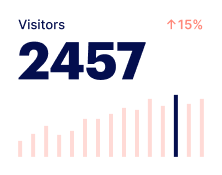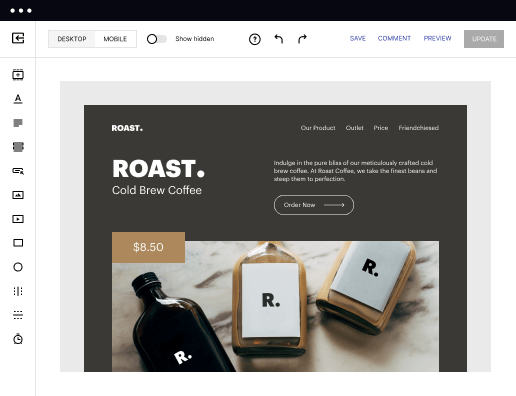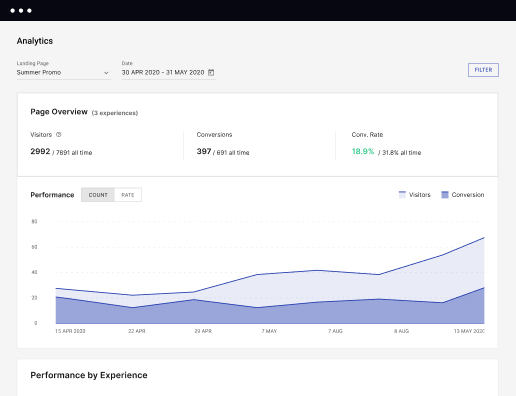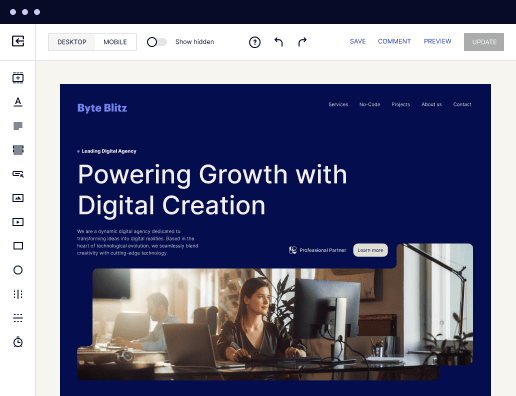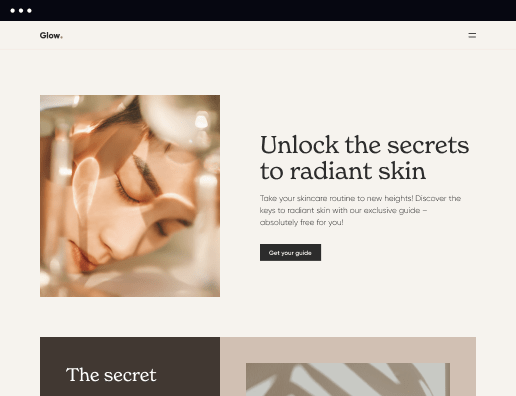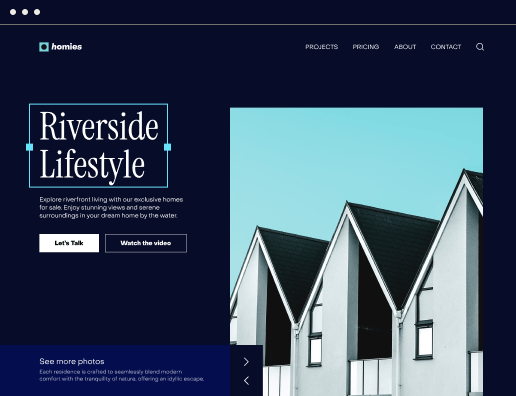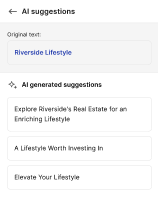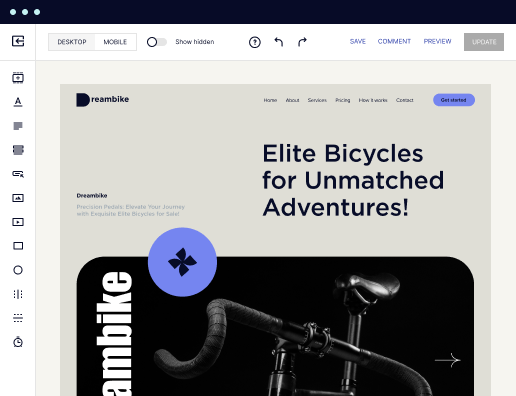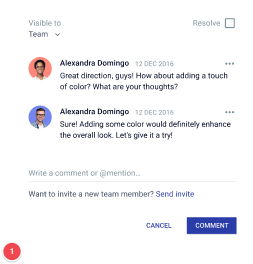Make your app page compatible with Facebook Pixel: Act effortlessly
Create your app page compatible with Facebook Pixel and effortlessly optimize your web pages for diverse ads and audiences. Transform visitors into leads and sales while bolstering brand trust and nurturing customer loyalty.
Create your app page compatible with Facebook Pixel using Instapage
Creating an app page compatible with Facebook Pixel is critical for marketers aiming to track conversions and optimize campaign performance. Instapage provides a flexible platform that streamlines the process of building landing pages, helping you reduce costs and maximize conversions while enhancing brand trust and customer loyalty. By utilizing top-notch features and a user-friendly interface, you can effectively engage with your audience and boost your results.
Understanding Facebook Pixel Integration
Facebook Pixel is a powerful tool for measuring the effectiveness of your ads and optimizing your advertising strategy. Integrating it with your landing page enables you to track user behavior and gain insights that can lead to improved conversion rates. Here’s why beginning with a thorough understanding of Facebook Pixel is essential:
- Tracking conversions: Facebook Pixel allows you to see what actions users take after viewing your ads.
- Retargeting: Use data from Facebook Pixel to retarget users who have previously engaged with your app page.
- Optimizing ads: By understanding user behavior, you can create more targeted ads that resonate with your audience.
Step 1: Create Your Instapage Landing Page
Begin by designing your landing page using Instapage’s vast library of over 100 conversion-focused layouts. Follow these steps to create an engaging landing page:
- Choose a template: Select a layout that aligns with your marketing goals and resonates with your target audience.
- Customize your page: Use Instablocks to modify the page according to your needs without any coding.
- Add necessary elements: Include call-to-action buttons, videos, and images to enhance user engagement.
Step 2: Implement Facebook Pixel Code
Now that your landing page is designed, it’s time to integrate Facebook Pixel. This involves placing the Pixel code into your Instapage. Follow these steps:
- Access Facebook Events Manager: Go to your Facebook account and navigate to Events Manager to obtain your Pixel code.
- Insert Pixel code in Instapage: In the head section of your landing page settings, paste the Pixel code for tracking.
- Verify installation: Use Facebook’s Pixel Helper tool to ensure the code is successfully installed and tracking visitors.
Step 3: Optimize and A/B Test Your Page
With your app page now integrated with Facebook Pixel, it’s essential to continuously optimize it for better performance. Here’s how to set your testing strategy:
- Conduct A/B testing: Compare different versions of your landing page to determine which elements perform best.
- Analyze heatmaps: Use heatmaps to understand how users interact with your page and identify areas for improvement.
- Regularly review metrics: Assess conversion data in your analytics dashboard to make data-driven decisions.
Creating an app page compatible with Facebook Pixel requires a structured approach. Instapage’s versatile platform empowers marketers to efficiently create and optimize pages that enhance user experience and drive higher conversions.
Ready to start creating your app page? Sign up for Instapage today to leverage its powerful tools for building high-converting landing pages compatible with Facebook Pixel.
Get more out of Create your app page compatible with Facebook Pixel
Improve your Quality Score with quick load technology for landing pages
Increase conversions with content that aligns with your ads and audiences
Achieve maximum ROI by scaling your marketing initiatives
Leading the way in building high-performing landing pages





FAQs
See how to create your app page compatible with facebook pixel in action
Ready to skyrocket conversions?
Supercharge your ad campaigns with high-performing landing pages.
Get started
